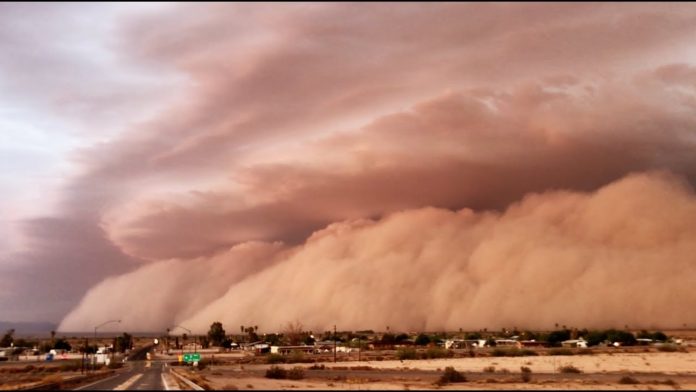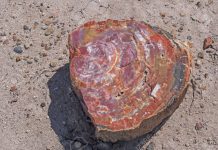Haboobs are a natural phenomenon in many parts of the world, as well as in the southwestern United States. Learn tips to survive this type of dust storm.
Here is a fun sounding word to learn about. At first glance one might think that “haboob” is a dirty word or perhaps a drink listed on a Hooters menu. It is neither one of these.
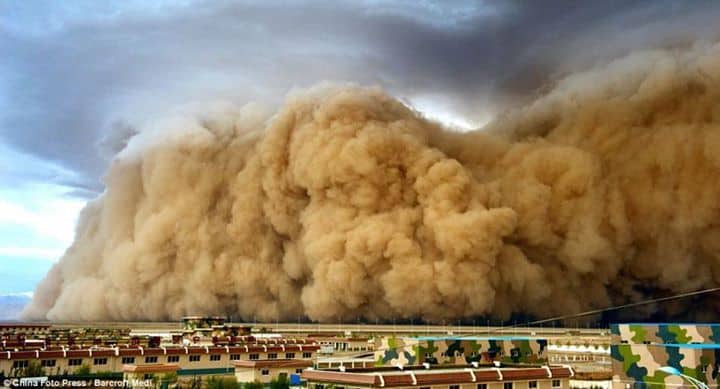
What is a haboob?
A haboob ( an Arabic word for strong wind) is a powerful, concentrated dust storm. It is commonly seen in very arid regions of the world, such as the Sahara desert in the Sudan, in Kuwait, in Iraq, Africa, as well as the deserts of Australia. The southwestern states (Arizona, New Mexico, and Texas) of the United States also may experience these severe storms. Five haboobs have occurred during the monsoon season near the Phoenix area.
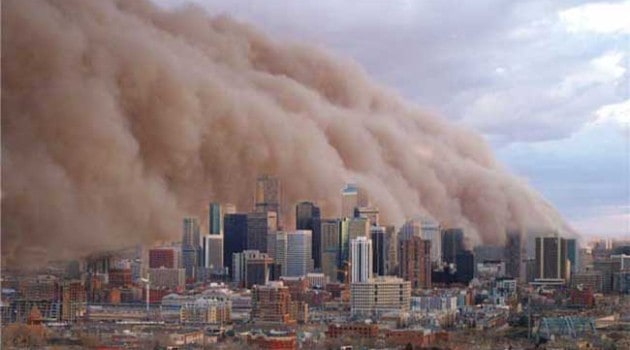
What causes a haboob?
As thunderstorms begin to form, winds move into the storm. Then, as the storm takes shape and releases precipitation, the wind reverses, causing a gusting in the direction of the storm. This may create a wall of sand and sediment up to 60 miles wide and several kilometers far above the ground, and traveling 20-30 miles per hour.
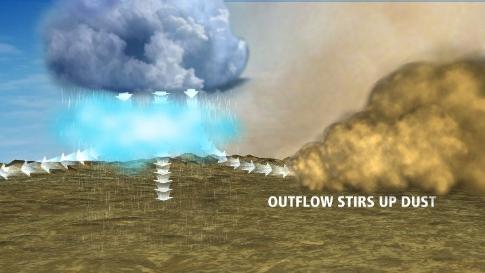
Wind gusts may reach near hurricane force. The severity of the haboob depends upon the temperature. They may occur with little or no warning.
Possible problems
Haboobs stir up a considerable amount of dust. Eye and respiratory symptoms may result from exposure to this type of storm. The best advice is to move indoors to avoid direct exposure with the dust; if that is not possible, cover your eyes, nose, and mouth and turn away from the storm.

- What Is Aromatherapy Vs. What Are Essential Oils?
- What is La Tomatina in Bunol, Spain Like? What to Expect at the Famous Tomato Throwing Festival
Driving in this type of storm is extremely hazardous and can be deadly. Visibility can be reduced to zero. Don’t drive if at all possible. If you are caught on the road or Interstate and a haboob is approaching, find the nearest off ramp, exit, slow down and move to the side of the road. Turn your lights off.
Keeping them on will put you at risk of having other drivers trying to follow you and rear-ending your car. Wait until the storm has passed and visibility has improved before starting to safely drive again.
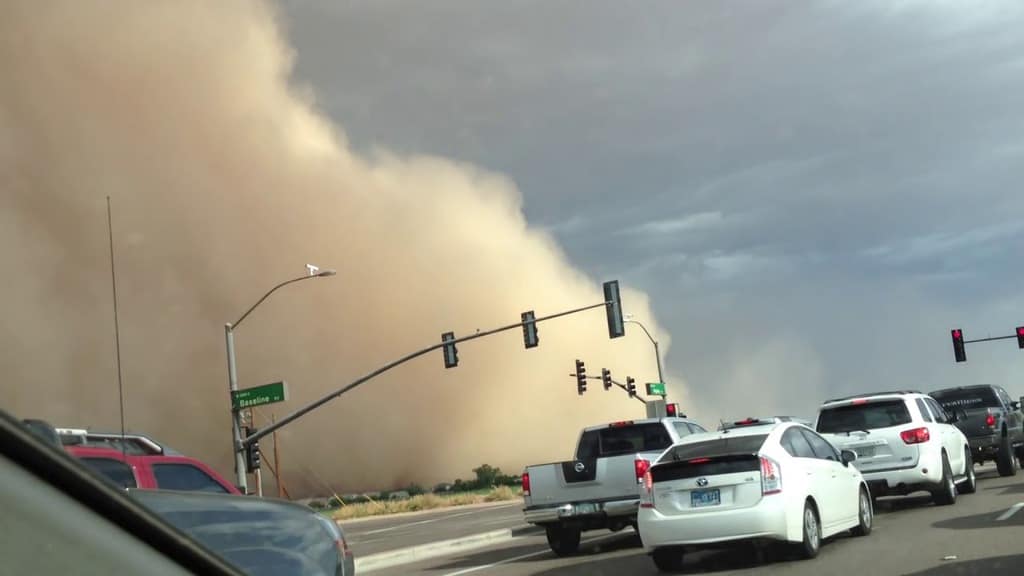
Haboobs can cause serious damage, with power outages, power-lines in disarray, uproot trees, and create quite a mess, which can take days to clean up.
Each of the different areas of the country have their own specific weather disasters. The southwest has haboobs. Haboob, a fun sounding word with a punch that’s not so much fun.


